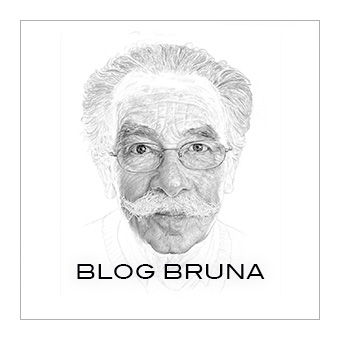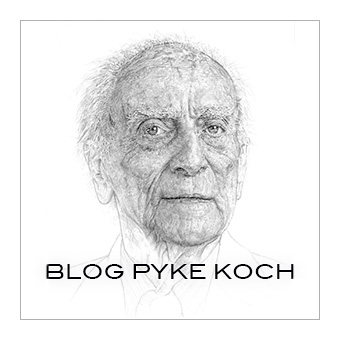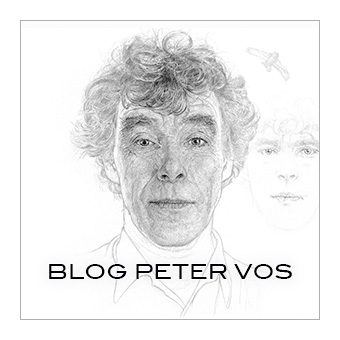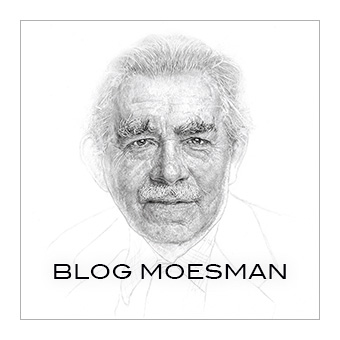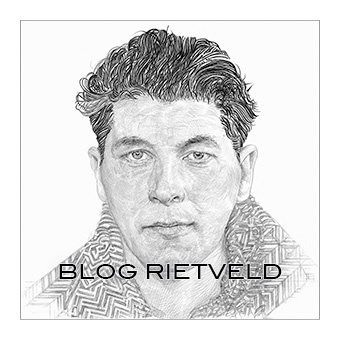 english
english
Blog for the drawing of five portraits commissioned by Centraal Museum Utrecht.
Part III. The eye of Joop Moesman
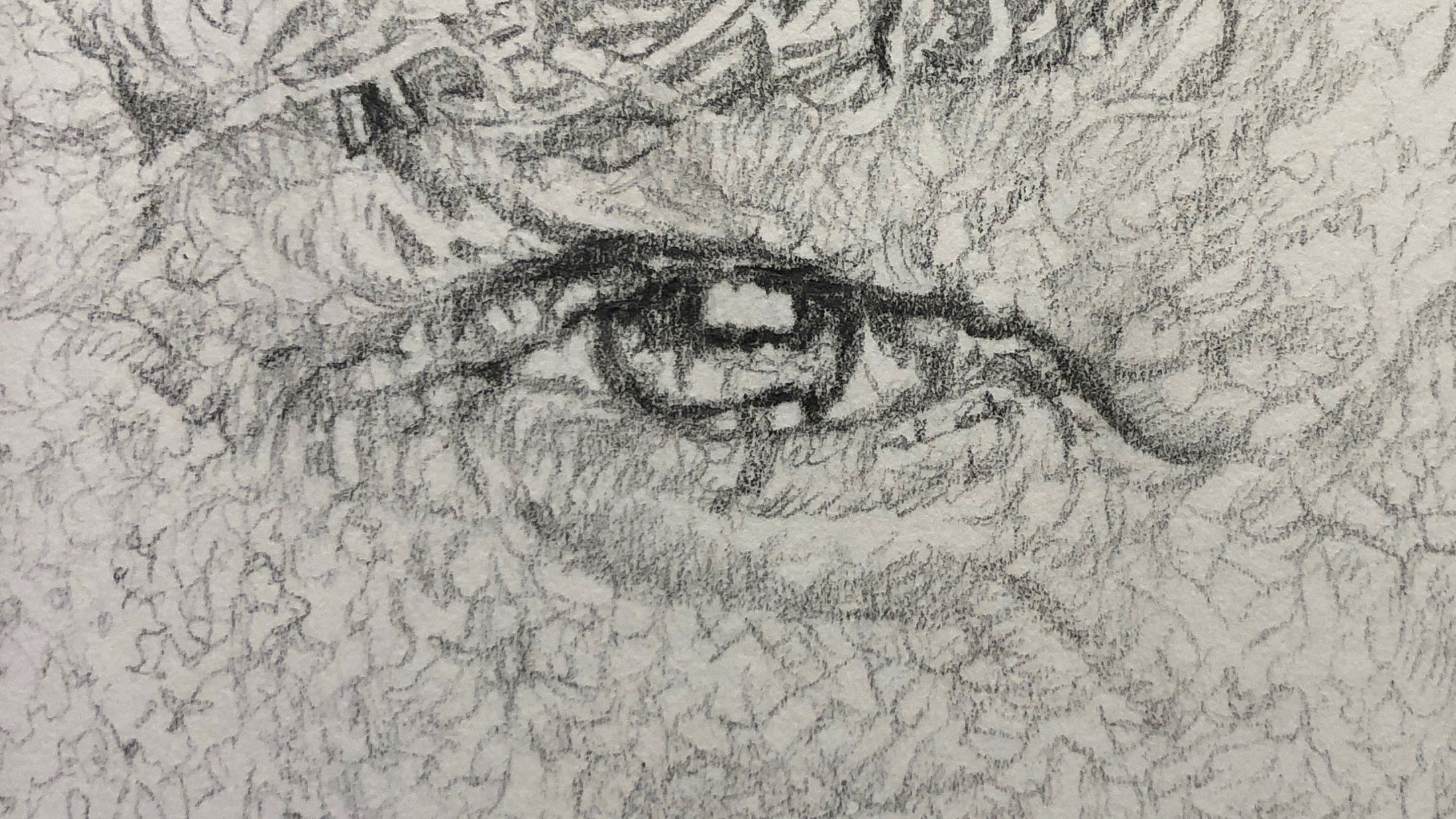
What is behind Moesman's eye?
Joop Moesman lived from 1940 to 1967 at the Oudegracht, at number 313bis. I can see the house from where I live, diagonally across the street. And every day when I cross the Hamburger Bridge, I see the building of the Railways where he worked as an extension of Haverstraat. It is therefore also very possible that he walked through the same Haverstraat every day, with the lead in his shoes to go to De 'Inkwell' in the Moreelsepark. He mainly worked there on the design of railway booklets and associated floor plans of the railway lines. They were still printed with letterpress and cast in lead. According to stepson Felix, he was 'finished with it' on such a working day.
As soon as he saw an opportunity, during the lunch break and evening hours, he painted. In addition, he also chatted frequently. Calligraphic certificates, commercials for the cinema, hand-made bumps for the dentists, he gave his talents a wide range of services.
Perhaps that is why he took his paintings for a relatively long time, his stepson Felix Visser suggests.
I imagine that he came in many environments , but was particularly interested in the class studied. The fact that he was unable to develop in a way that matched his talents must have played a huge part in him. He did form an opinion about anything and everything that he did not hide. And he was usually not too far from that opinion. His study of Arabic Calligraphy is also remarkable, now available for inspection at the University of Utrecht. And don't forget his self-designed font: the Petronius. I imagine that he wanted and sought some kind of recognition from the higher bourgeoisie of the city.
Then it is of course extra nasty that his paintings, especially those with nudes in them, could not count on mercy everywhere in the rather stiff elite of Utrecht. It is a well-known story that his most famous canvas: 'The Rumor', at the last minute by order of the mayor, was removed from the wall of the Centraal Museum and cycled away: they were not so naked here.
Moesman himself, by the way, joked that he did not paint a nude at all with Het Gerucht: 'that is just a lady looking for her bow on a bicycle'. Here I read that people should not be raised about something that has been quite normal in painting for centuries. That it was produced in Utrecht and sometimes also located, made it apparently very difficult for the well-to-do middle class.
All in all: his job at the railways, the lack of recognition at the well-to-do middle class, the steep prudishness of the elite: it must increasingly become one have made a furious person, sad, angry, if not furious.
Whatever the case, he did not find what Moesman was looking for in Utrecht: quite the contrary.
As soon as he retired, in 1963, he moved to the house that he had built in Tull and 't Waal. Get out of that city!
According to the stories, however, he could soon be found in Utrecht almost every weekend: with his friends, and in the society he co-founded: De Luis, 'The Lice'. A name that is not difficult to explain.
But now it comes: in Tull en't Waal, he no longer made a painting that was an essential development in his oeuvre, according to the experts. Others collected his earlier work, someone showed older copies copies in Paris to people who were interested in Surrealism, but his new work: it seems as if he had also left his drive with Utrecht .
Almost everyone I ask about the painter describes him as: "A jerk". 'Angry'. The strange thing is that you never see that in his paintings. At least: not me. I see an often erotic fantasy world. That is why it seems as if he could flee this state of mind in his studio and paintings. Or perhaps even this anger transformed into the surrealistic representations.
The portrait
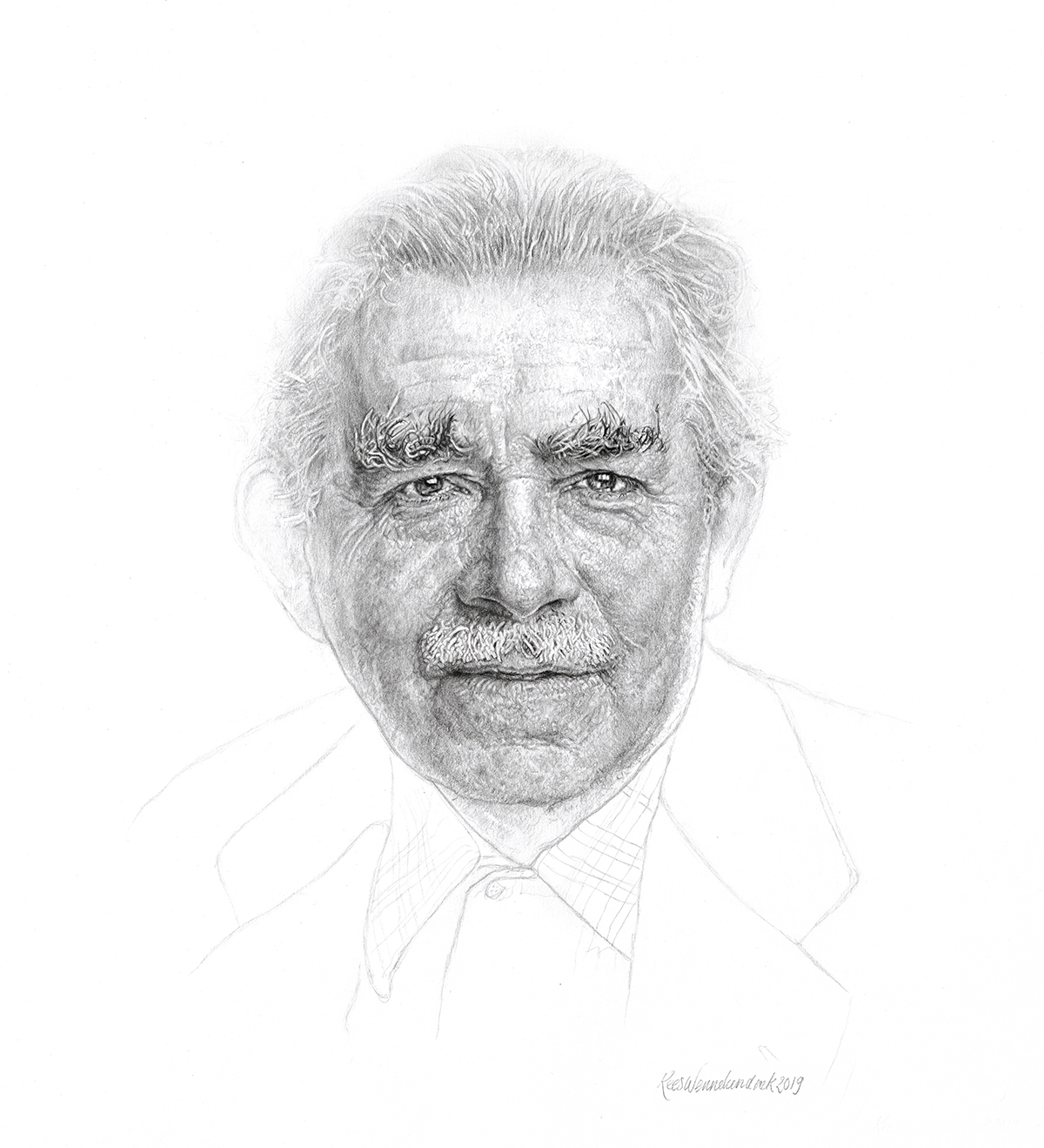
The fact that a ghost hid behind these nurky eyes full of magical scenes with scaborous or half-concealed sexual fantasies makes him an interesting man for me to draw. The fact that, according to the aforementioned experts, little new came out of his brain and brush after his flight from the city is in that respect food for psychologists.
The disappearing, angry railroad man, with the erotic, surrealistic scenes behind his eyes, I tried to draw.
He remains an intriguing man for me, that Moesman.

Kees Wennekendonk
Utrecht, 15 februari 2020
Expo 6, 1e etage.
Overige blogs De Grote Vijf

